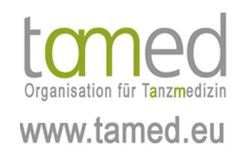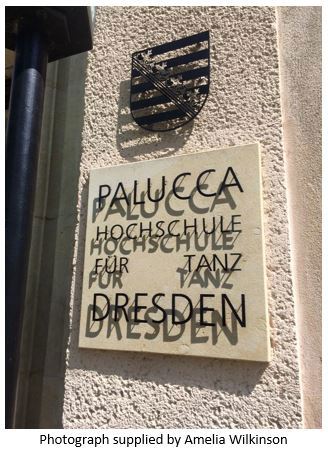TaMed Dance Medicine Conference Report
Author: Richard Gilmore
How to begin to capture my impressions of the weekend? The essence of the 13th Congress for Dance Medicine held by the Dance Medicine Organization in Dresden on this past Mother’s Day weekend requires a mental review of the subjects, ideas and movement classes. The fact that so many people were sufficiently captivated to stay indoors while the sun gave Germany a first preview of summer speaks for the event and for the inventiveness of our presenters and organizers. There are always new approaches and new aspects of dance medicine worth lending our ears, but also our bodies and souls.

We got started not with our ears but with our stomachs, as three lectures addressed various aspects of nutrition for dancers. Among other things, we learned that classical dancers have more eating issues than Latin-American formation dancers, that depression can be one of the major predictors of eating disorders, and that we should have more than just a cappuccino for breakfast. While digesting these lectures we also heard that there are different methods of coping with injuries depending upon obsessive versus harmonious passion for dancing and we were introduced to a tool for fascia work to complete the first segment of the Congress.
Since dancers are not known for being especially awake at early hours, it was advantageous to begin the Saturday morning with Andrew Greenwood, who gave us information packed together with a movement “cappuccino”. He transmitted inspiration to get us all involved in a block of lectures mostly on dance with older or disabled people, but also touching on occupational diseases and skin problems. The wide variety of workshops on all three days allowed for individual selections which could give every participant the chance to find desired information on yoga or emotions, on eurythmy or holistic physiotherapy, fascia work or ballet for seniors, just to mention a few possibilities. The only frustration was from not being able to experience all of them.

Fascial therapy seems to have become established as a standard approach for therapy of dancer’s chronic problems. A lecture on its application to the foot, which followed an examination of factors leading to hallux valgus, the pathological bunion joint, addressed the need and possibilities for prevention.
The final segment of the congress began with holistic methods for treating dancers’ injuries, including a method called Wingwave®, which can root out the potentially emotional causes of barriers to performance. The final two lectures headed in a critical direction. While dance medicine attempts to find methods to relieve the pains and to avoid wear and tear from dancing, the world seems to just keep pushing dancers in a direction that is ever more demanding. It could not be determined from where these pressures originate, but the feeling seems to be that dancers are less appreciated as artists and have become more interchangeable, thus can be discarded when broken. While this was not a happy ending, it was cause for all to do some serious thinking.
